
Hinamatsuri 雛祭り ひなまつり
Doll’s Day or Girl’s Day
Hinamatsuri is for Everyone!
Hinamatsuri is held on March 3rd every. It is a special day for praying for the good health and growth of girls. This holiday goes back to before the Period of Warring States and was originally celebrated on the third day of the third month (which was really close to March third back in 1872, but has since drifted a month and a half into April) when Japan used the ancient Chinese lunar calendar. One aspect of this holiday that stands out from all the others is the ornate dolls displayed in beautiful Heian era dress and in perfect social ordering according to the rules of the imperial court so long ago.The Hinamatsuri Dolls Social Order
The display of seated male and female dolls (the obina (男雛) and mebina (女雛), literally “male doll” and “female doll” respectively)represents a Heian period wedding, but is also usually described as the Emperor and Empress of Japan (usually wearing red cloth). These may be as simple as pictures or folded paper, or intricately carved three-dimensional dolls. More elaborate displays will include a multi-tiered doll stand (雛壇 hinadan) of dolls that represent ladies of the court, musicians, and other attendants, with all sorts of accoutrements. The entire set of dolls and accessories is called the hinakazari (雛飾り).Origins of Hinamatsuri
Ancient China
Premodern China contributed greatly to Japanese culture still popularly practiced today. One of the big contributions after writing with Chinese characters was gosekku (五節句). In premodern China, and really east Asia in general, odd numbers were considered good luck numbers. Today Japanese parents will think of names for their children where the number of brush strokes to write their child’s name at least is an odd number, or amounts to a magically lucky number. Single digit months and days combos were considered especially potent for expelling bad luck. The third month third day of the lunar calendar (what became March 3rd in Japan when they switched to the Gregorian calendar) was just such a good luck getting and bad luck expelling magic day, especially for girls.Nagashi-Bina
Today’s arrangement of a Heian era empirical wedding came about in the Edo era (the Tokugawa Shogunate after the warring states period). But the original celebration of Girl’s Day (the holiday on the third day of the third lunar month) that preceded Hinamatsuri didn’t have lavish displays of dolls. Rather a girl took one doll (made of paper or straw for this purpose) and put it in a small reed basket and floated it down a river (the Takano River near Kyoto to be precise). In this way the doll carried away the bad luck and misfortune for the girl, and girls in general down the river, for one year. This event was called Nagashi-Bina. Nagashi-Bina is not widely practiced today. But in the area around Kyoto along the Takano River there still are some events. Such a place is Shimogamo Shrine in northern Kyoto. There a man and women in Heian era courtly dress release a doll each in a reed basket to float down the stream. Then they are followed by influential members of the community and Maiko (Geisha in training).Edo Era to Today
During the early period the Hinamatsuri that we know and love today began. Just after things settled down a bit from the warring states period dolls that people would want to keep began to be produced. These dolls were arranged in the form of a Heian era wedding. These were used to teach little girls, and probably boys too, the social roles and status of different groups in the higher level Japanese social hierarchy. At first only wealthy families could afford such fancy dolls, but over time the prices dropped and non-aristocratic Japanese began to buy them for their daughters as well. These dolls would be set up about a week before March 3rd and then taken down the night of Hinamatsuri. It was a folk belief that if the dolls were taken down a day later then their daughters would be late in finding a husband. March 3rd became set as the date for Hinamatsuri in 1872 when the Gregorian Calendar was adopted in Japan. At that time the Chinese calendar roughly corresponded to the western calendar, but has drifted a month and a half since then.References
In English
https://www.kyohaku.go.jp/eng/dictio/senshoku/hina.html
https://en.wikipedia.org/wiki/Hinamatsuri
https://jw-webmagazine.com/hinamatsuri-no-hi-girls-day-or-dolls-festival/
https://www.discoverkyoto.com/event-calendar/march/nagashibina-shimogamo-shrine/
Videos in English
In Japanese
https://kougetsu.co.jp/hinamatsuri/index.html
https://ja.m.wikipedia.org/wiki/雛祭り
Photo thanks toWill H McMahan on Unsplash.
Powered by Modern Events Calendar



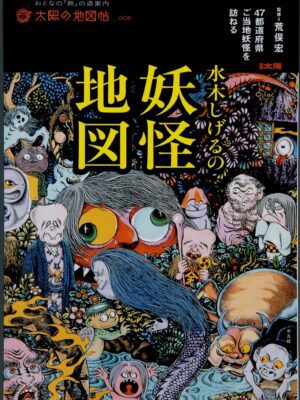
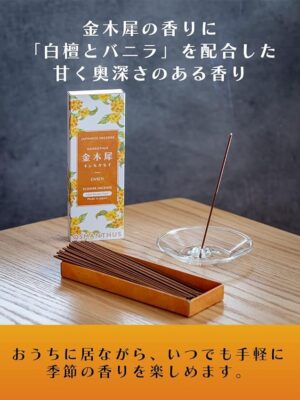
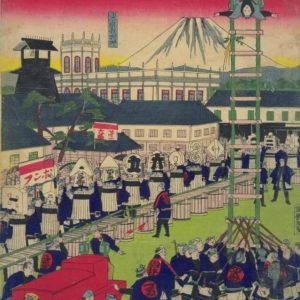

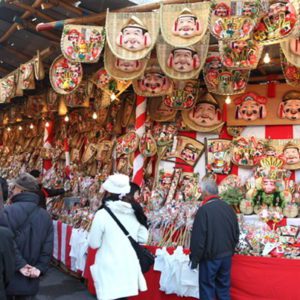
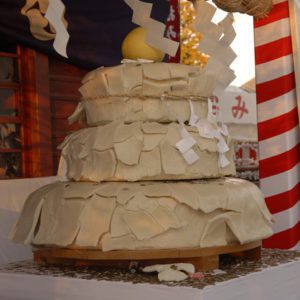


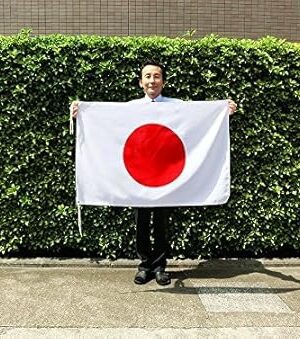

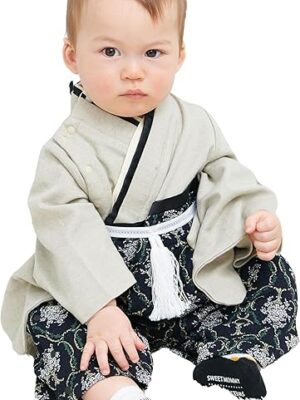
Recent Comments